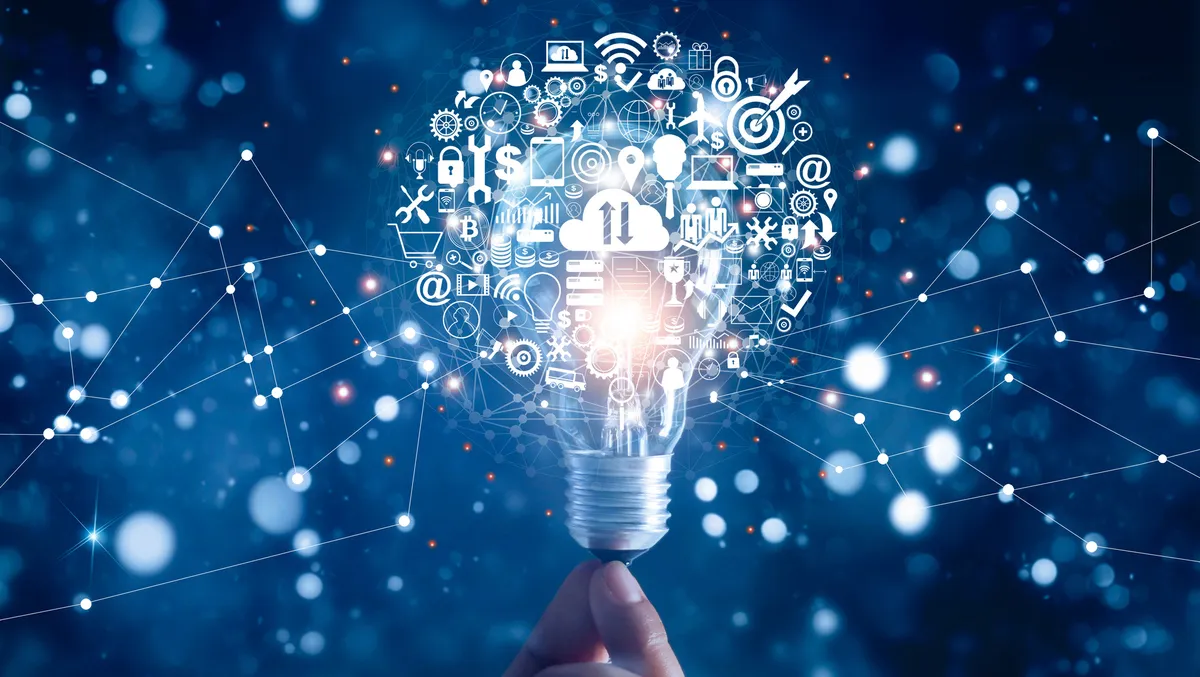
5 Key digital trends contributing to growth in 2023
Today, businesses industry-wide face significant challenges to ensure they thrive in the challenging work environment and unpredictable economic landscape. Digital technologies will continue to be critical to business operations, brand, talent and client acquisition, and revenue growth.
The year 2022 saw a focus on the skills businesses would require to succeed in a digital economy and manage the instability of the global economy and supply and demand constraints. To navigate the next phase of challenges, organisations should adopt the tools and strategy required to safeguard against ongoing uncertainty and instability.
I see multiple trends extending this pattern in 2023, and the following are those I see as having a heightened focus that will assist organisations in delivering value more quickly and effectively.
The five digital trends contributing to growth in 2023:
1. Adaptive & secured AI
As adoption of Applied Artificial Intelligence (AI) & Machine Learning (ML) powered services increases, businesses will focus on making these services mainstream. I foresee a stronger focus on operationalising AI services in-line with security and risk management practices in 2023. Organisations that invest heavily in AI practices are forecast to see changes in consumption patterns from end users due to economic slowdown. Building resilient ML methodologies like reinforcement learning will be key to success. AI practices coupled with strong security measures will be key in preventing harmful decisions. As data sets continue to grow, businesses will need to streamline and automate their data integrity and governance to prevent data leaks. Static code analysis and dynamic vulnerability assessments on data libraries should be devoted to an organisation's AI development lifecycle. Mirroring the secure software supply chain, which is now becoming mainstream.
2. Data mesh
Businesses can securely feed the data they need for their AI and machine learning models by switching to the Data Mesh approach. This offsets the Extract, Transform and Load (ETL) model and administrative-heavy processes of the past in driving insights from data. The change allows streaming data by enabling intelligence to meet the source of data generation. The data mesh approach changes the dynamics behind the customer experience and personalisation. This adoption speeds up the ability to deliver enhanced and targeted products and services at the precise time required. For intelligence to have a significant quantifiable impact on results, it must be integrated into digital experiences, process automation and partner experiences. Overall, data mesh activities will move farther into business and application development as a result of projects and initiatives centred on operational, real-time, and edge use cases.
3. Sustainability in tech
Organisations are working with service providers to tighten their FinOps strategy in response to the rapid growth of cloud computing. Forecasts show that cloud spending will reach $600 billion in 2023. Digital technology powered by AI and cloud analytics enables businesses to achieve workload efficiency and sustainability. Adopting hybrid ways of working encourages businesses to reduce their carbon footprint, create eco-friendly supply chains and contribute to ethical procurement and utilisation of technology.
4. Rise of the Industrial cloud
Many business leaders find it difficult to explain the measurable value of their technology investments. These metrics must create a clear "line of sight" between technology and business outcomes.
Success is often measured and reported in unappealing terms to executive stakeholders. CIO's objectives have altered as a result of supply chain bottlenecks, socioeconomic uncertainty, post-pandemic recovery, and manufacturing. Manufacturers may view this as bad news in 2023. Alternatively, this trend provides a chance for businesses to develop brand-new revenue streams. The investment in new digital tools, new business models and revenue sources developed during the next 10 years are anticipated to be advantageous for manufacturing enterprises. Increased supply chain transparency and the pool of fresh data accessible may aid in the transition to new industries. These new technologies use the analyst's large information resources to provide top-line insight across the manufacturing, B2B, and services sectors.
5. Modern applications
Next year, there will be an increase in the adoption of modern apps or super apps by enterprises and mid-market businesses. The applications will be deeply integrated with cloud platform providers, making them scalable and expandable. Sub apps will be built on top of the super apps and will be adopted as required. The sub apps could be run on payment platforms or messaging platforms for ease of consumption. Third-party integrations also could be employed, making it a marketplace-style consumption. The market is moving towards standards across the entire lifecycle, and it is up to the industry representatives to adopt these frameworks to prevent further fragmentation.
Overall, investments into these trends will increase the ROI from 2022 initiatives creating the next step in achieving a more strategic objective within organisations. The increased value through talent satisfaction, along with the demonstrable sustainability behaviours, will resonate strongly with customers, who will, in turn, become repeat patrons for organisations. Continuous social listening within the technology landscape would be key for success in the coming months to direct the investments for impact.

